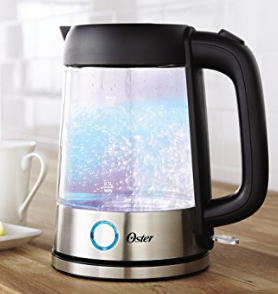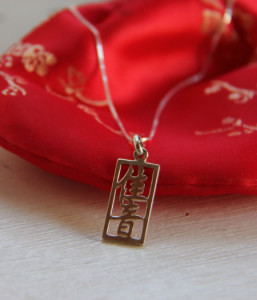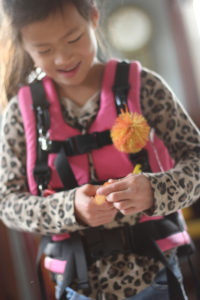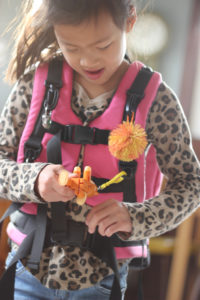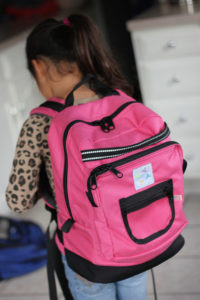When Together Called attendees requested a resource table, we listened. For the last two retreats, we have offered attendees a place where they can hold and flip through resources that our team has recommended so that they choose those resources that would be most helpful for their own families. While we can’t get that table in front of all of you, we wanted to get the titles and a little blurb about each one in front of you with links so that you could click and order.
(Note: we’d love for you to use these links as they are affiliate links. When you order from Amazon via these links, we get a tiny percentage which adds up.)

PARENT TITLES
30 Days of Hope by Jennifer Phillips (recommended by Stephanie Smit)
Regardless of whether you are just starting out as an adoptive mom or living with teenagers you adopted as infants, in this devotional, author Jennifer Phillips weaves elements of her own adoption journey and encouragement from God’s word to help you see hope and move forward with encouragement.
A Lifelong Love by Gary Thomas (recommended by all of us)
Gary Thomas’ A Lifelong Love is our current favorite book on marriage. While there is nothing in this book about adoption, Thomas’ focus on benevolent love and the intimate relationship that only a husband and wife share will encourage adoptive parents who are in the thick of things to press on to fulfill their calling well and to do that together.
A Lifelong Love Journal by Gary Thomas
A great pairing with your A Lifelong Love book, this journal is set up with a devotional on the left side to read together or individually with a full page on the right to journal in words or art.
Adopted for Life by Russell Moore (recommended by Stephanie Smit)
Adoption is a way to build your family. It is also one of the best earthly illustrations of the Gospel. While we do not believe every Christian is called to adopt, we do think books like this one can challenge us to look closely at what God can show us about Himself through adoption.
Adoption at the Movies by Addison Cooper
With a film for each week of the year including Finding Dory, The Blind Side, and Star Wars, this guide includes descriptions of the themes relevant to adoption and ideas to get conversations started around issues such as culture, identity, control, and reunification.
The Allure of Hope by Jan Myers (recommended by the Hagertys)
Published in 2001, this book has not lost its power. Meyers dares readers take the risk of embracing hope even in those places where hope seems to have been destroyed.
Anatomy of the Soul by Curt Thompson (recommended by Kelly Raudenbush)
We can only walk with our children to places we’re willing to go ourselves. In this book, Curt Thompson integrates neuroscience and attachment with Gospel Truth, revealing how it is possible for us to rewire our own minds, altering our brain patterns and literally making us more like the men and women God wants us to be. Explaining the brain in layman’s terms, he shows how we can be mentally transformed through spiritual practices, interaction with Scripture, and connections with other people.
Attaching in Adoption by Deborah Gray (recommended by Nicole Renee)
This classic text provides practical parenting strategies designed to enhance our children’s emotional health and relational connection. It explains what attachment is, how grief and trauma can affect children’s emotional development, and how to improve attachment, respect, cooperation and trust.
Attaching Through Love, Hugs, and Play by Deborah Gray (recommended by Nicole Renee)
Helpful for kids who have had different starts, Gray explains why routines and play are so important in helping children to attach and shares specific ideas within those areas to help build healthy bonds.
Before You Were Mine by Susan Tebos and Carissa Woodwyk (recommended by Stephanie Smit)
Remembering and celebrating your child’s history can be rewarding and even redemptive. This book, written by an adoptive mother and an adopted daughter, offers suggestions on how to organize details of your child’s birth story into a lifebook and use that lifebook to trace God’s faithfulness.
Cherish by Gary Thomas (recommended by Kelly Raudenbush)
Through personal stories and real life examples, Thomas shares what husbands and wives can begin doing today to turn their marriages around and learn to cherish one another in proven, loving, and everyday actions and words.
The Circle of Security Intervention by Bert Powell (recommended by Amy Brady)
This book comprehensively explains the foundations of Circle of Security, the attachment-based intervention for children 0-5.
The Comparison Trap by Sandra Stanley
Written by Charles Stanley’s daughter-in-law who is a foster mom, this book includes 28 devotionals that help you work through the struggle we often have to compare ourselves to others around us or on screens in front of us.
The Connected Child by Karyn Purvis (recommended by all of us)
Often required reading by adoption agencies, this book explains what trauma looks like and how it affects our children in an easy-to-read format. While the content reflects biblical principles, it’s appropriate for readers of all faith backgrounds. Created to Connect: A Christian’s Guide to The Connected Child, by Dr. Karyn Purvis with Michael and Amy Monroe, was written to help illuminate the biblical principles that serve as the foundation for the philosophy and interventions detailed in The Connected Child. Download the study guide free HERE to go along with the text.
Created for Connection by Sue Johnson (recommended by Anna Balfour)
A challenging read for your marriage. Johnson says forget about learning how to argue better, analyzing your childhood, or making grand romantic gestures. Instead, she encourages couples to get to the emotional underpinnings of your relationship by exploring your attachment to each other.
Cry of the Soul by Dan Allender (recommended by the Hagertys)
Beginning with the Psalms, Allender explores what Scripture says about our darker emotions and points us to ways of honoring God as we faithfully embrace all our mad, sad, and scareds.
Different by Sally Clarkson (recommended by the Hagertys)
Choosing to shut out the voices of the world that said her son was “bad,” “broken,” and in need of fixing, Clarkson shares how she moved to trust that her son’s differences could be part of an intentional design by a loving Creator. Appropriate for any parent with an outside-the-box child as well as adults trying to make sense of their own differences.
Different Kind of Hero by Sally Clarkson (recommended by the Hagertys)
A companion to her book Different, this is a 12-session Bible Study exploring misfits in the Bible like Peter, Ruth, and Elijah and the surprising ways they became heroes of the faith. All about how God can take our own weaknesses and turn them into strengths as He draws us outside our comfort zones.
Every Bitter Thing is Sweet by Sara Hagerty (recommended by all of us)
We sing it on Sundays and put it in greeting cards—God is good. But, we live our days not grasping that God is good to us. In her book, Sara Hagerty, past Together Called speaker, poetically draws us into her story of loss, grief, and redemption and how God’s name was written over every word of it, drawing her to Himself and showing her that He is not only a good God but a God who is good to her, His treasured possession. Click HERE to download a discussion guide to go with it.
Falling Upward by Richard Rohr (recommended by Anna Balfour)
This book explores the counterintuitive message that we grow spiritually more by doing wrong than by doing right and that spirituality grows throughout life as we inevitably fall down over and over again.
Forever Mom by Mary Ostyn (recommended by Nicole Renee)
An easy read, Forever Mom is a good resource particularly for women interested in adopting or waiting to adopt for the first time. Author Mary Ostyn touches on preparing siblings, building connections, and handling challenging behaviors newly home.
Games and Activities for Attaching With Your Child by Deborah Gray and Megan Clarke
When it comes to choosing the best games to play with children who have difficulties attaching, it is often hard to know how and what to play with a purpose in mind. This book contains fun, age-appropriate games for infants to older children along with an explanation of why they matter.
Grace Filled Marriage by Tim Kimmel
Kimmel leads readers to explore big questions such as: How can you live out grace when your spouse frustrates you? How can grace enhance your sexual relationship? How do you show grace without being walked all over? How can God help you make grace more of your go-to response in your marriage?
I Love You Rituals by Becky Bailey (recommended by Nicole Renee and Kelly Raudenbush)
This resource offers parents more than 70 rhymes and games that take only minutes a day but send our children messages of unconditional love. Appropriate for infants through elementary aged children, these easy-to-follow-and-learn ideas can help us help our children have fun and build relationship.
No Drama Discipline by Dan Siegel and Tina Payne Bryson (recommended by Nicole Renee and Kelly Raudenbush)
Highlighting the link between a child’s neurological development and the way a parent reacts to misbehavior, No Drama Discipline provides an effective, compassionate road map for dealing with tantrums, tensions, and tears. Defining discipline to be more about instruction than punishment, the authors explain how to reach your child, redirect emotions, and turn a meltdown into an opportunity for growth.
Nurturing Adoptions by Deborah Gray
Written primarily for professionals but a helpful resource for parents as well, in this book, Gray explains how neglect, trauma and prenatal exposure to drugs or alcohol affect brain and emotional development and how to recognize these effects and attachment challenges in children. She also provides ways to help children settle into new families and home and school approaches that encourage children to flourish.
The Out of Sync Child by Carol Kranowitz (recommended by Nicole Renee and Kelly Raudenbush)
Kranowitz offers comprehensive, clear information about sensory processing challenges and drug-free strategies.
The Out of Sync Child Grows Up by Carol Kranowitz
Picking up where The Out of Sync Child left off, Kranowitz offers practical advice on living with sensory processing challenges as our children become tweens and teens, covering social and emotional aspects of grooming, dating, playing sports and music, etc.
The Out of Sync Child Has Fun by Carol Kranowitz (recommended by Nicole Renee)
A companion book to The Out of Sync Child, this book presents over 100 activities to bring fun and play to everyday for children who face challenges with touch, balance, movement, body position, vision, hearing, smell, taste, etc.
Parenting From the Inside Out by Daniel Siegel
Siegel offers parents ways to form a deeper understanding of their own life stories and attachments so that they can better help their children navigate their life stories and attachments.
Playful Parenting by Lawrence Cohen
Play is the work of children to explore the world, communicate deep feelings, build connections. From eliciting a giggle during baby’s first game of peekaboo to cracking jokes with a teenager, Playful Parenting is a complete guide to using play to raise confident children. Written with love and humor and grounded in research, this book will make you laugh as it encourages you to be a playful parent.
Raising a Secure Child by Kent Hoffman (recommended by Amy Brady)
Building on Circle of Security strategies, this book encourages parents to balance nurturing and protectiveness with promoting independence, consider the emotional needs your child may be expressing through challenging behavior, and how your own history affects your parenting style and what you can do about it.
Recipes for Fostering by Andrea Warman
Foster families share their favorite family-friendly recipes that have worked for them and their kids from hard starts. They also share their experience of using shopping, cooking, and mealtime to build relationship.
Sacred Marriage by Gary Thomas (recommended by Kelly Raudenbush)
Sacred Marriage explores how marriage trains us to love God and others well, how it exposes sin and makes us more aware of God’s presence, how good marriages foster good prayer, how married sex feeds the spiritual life, and more.
Sacred Parenting by Gary Thomas (recommended by Kelly Raudenbush)
This is unlike most parenting books. Rather than a “how-to” book that helps parents change their kids, Sacred Parenting discusses how God uses our kids to change us. Parenting is a school for spiritual formation, and our children are our teachers. It affirms the spiritual value of being a parent, showing you the holy potential of the parent-child relationship for all of us.
Serving Without Sinking by John Hindley (recommended by the Raudenbushs)
Required reading for The Sparrow Fund’s orphanage trip teams, this book discusses not only how to serve but why we serve, reminding us of who we are and who He is.
Soul of Shame by Curt Thompson (recommended by the Raudenbushs)
Thompson provides theological and practical tools necessary to dismantle the shame that binds us and helps us identify our own broken places and find freedom from lifelong negative messages.
To Be Titled Journal printed by Mark and Kelly Raudenbush
Designed for you to go deeper individually and to create an opportunity to connect with your spouse. This is the tool introduced in the breakout session Connecting as Husbands and Wives Together Called. Copies are available via email (info@sparrow-fund.org).
Understanding Your Child’s Sensory Signals by Angie Voss (recommended by Amy Brady)
This practical handbook helps parents, teachers, and caregivers pause to consider if a child’s behavior may be driven by a sensory challenge and strategies to help.
CHILDREN’S TITLES
A Safe Place for Rufus by Jill Seeney
Written to help children navigate change and transition and subsequent uncertainty and fear, this title comes with a guide in the back for parents to use to discuss the text, pictures, and underlying emotions on every page and encourage children to share their own.
Ana’s Song: A Tool for the Prevention of Childhood Sexual Abuse by Carolyn Byers Ruch
Ana’s Song helps begin the conversation if you desire to protect your daughter from sexual abuse or you suspect or know she has been wounded by it. Appropriate for ages 4 and up.
Bobby Gilliam, Brave and Strong by Carolyn Byers Ruch
Bobby Gilliam helps begin the conversation if you desire to protect your son from sexual abuse and pornography or you suspect or know he has been wounded by it. Appropriate for ages 4 and up.
Elfa and the Box of Memories by Michelle Bell
This is an excellent book for children struggling in navigating memories, both good and bad. As Elfa pieces together her story, she learns that sharing the memories with someone and then putting them in a safe place is the only way she can take off her burden and live freely.
Everything Counts by Steven Case
For generations, people have been touched by Oswald Chambers’ My Utmost For His Highest. Now Everything Counts presents his work in this daily devotional in a new and fresh form designed to speak to teens.
Jesus Storybook Bible by Sally Lloyd-Jones (recommended by all of us)
Our favorite children’s Bible, readers will come to see how every part of God’s word from Noah to Moses to the great King David points to Jesus.
Just Between Us by Meredith and Sophie Jacobs (recommended by Kelly and Ashlyn Raudenbush)
Includes writing prompts and fun activities to build connection between mother and daughter. Use the framework to start and consider using the journal to create some special face-to-face connections too.
Searching for the You We Adore by Valerie Westfall (recommended by all of us) $20
General enough to read to children adopted domestically or internationally, Searching For The You We Adore is a story of a family’s journey and unconditional love…and is our personal favorite. Note: Valerie Westfall gifted all her stock to The Sparrow Fund to bless families. Copies are available exclusively via The Sparrow Fund.
Searching for the You We Adore Activity Book by Valerie Westfall $5
A fun activity book that compliments Searching For The You We Adore and helps you stretch the book a little further for your family. Note: Valerie Westfall gifted all her stock to The Sparrow Fund to bless families. Copies are available via email (info@sparrow-fund.org).



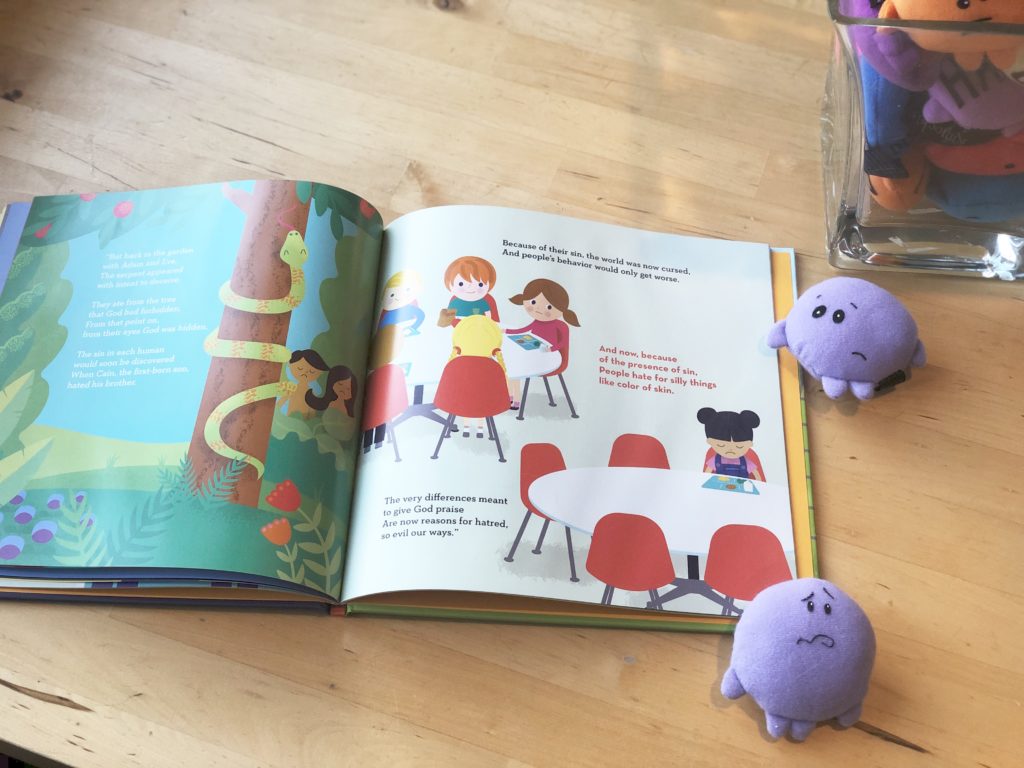
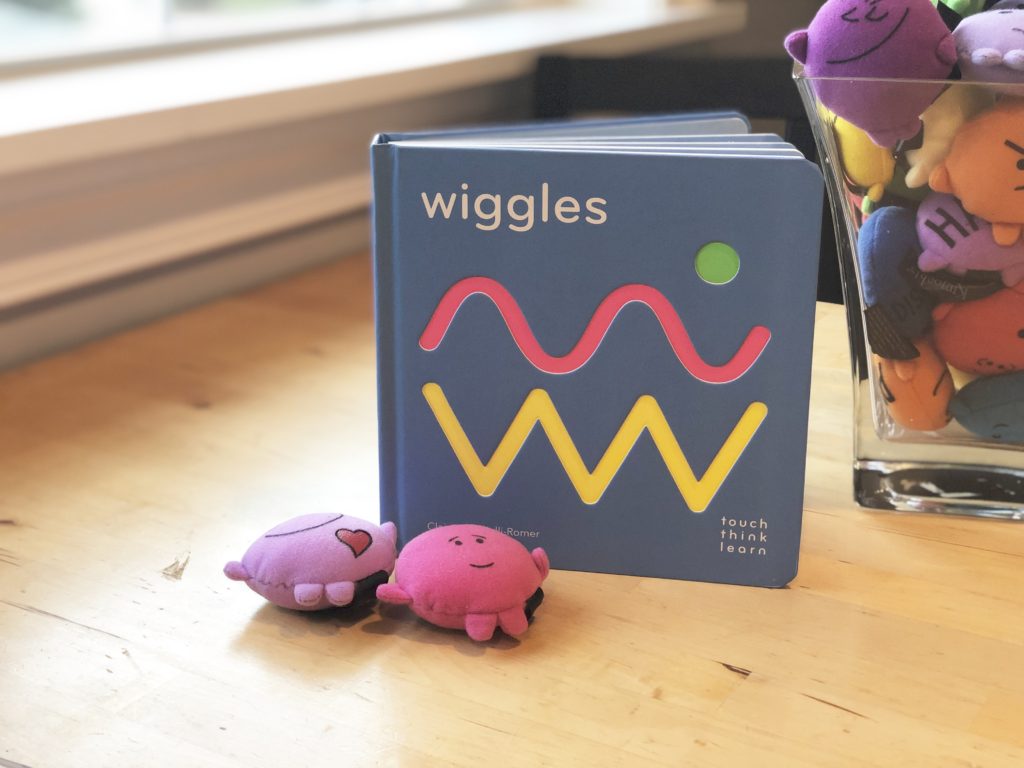

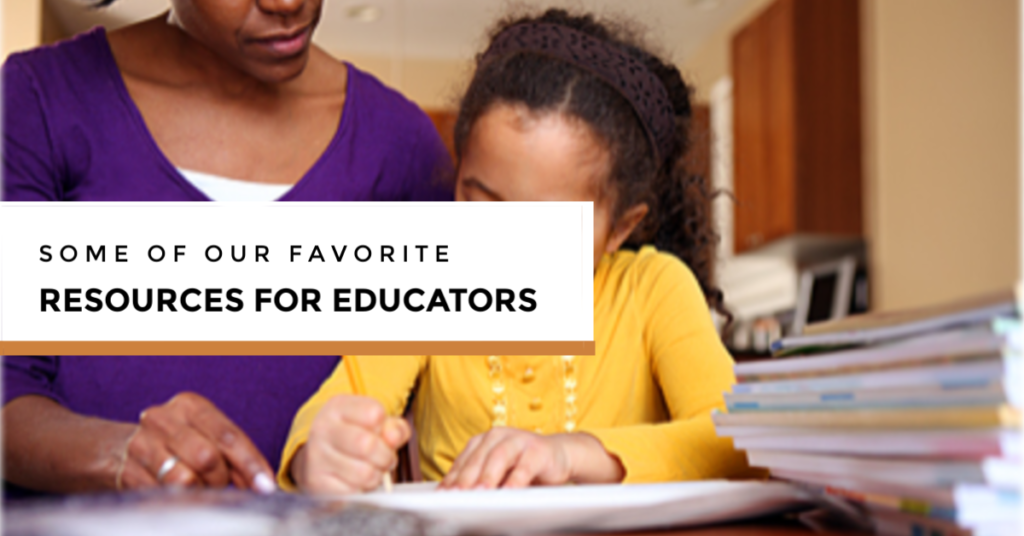
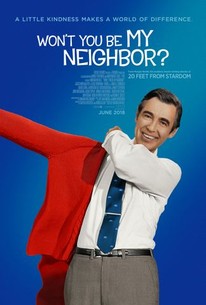
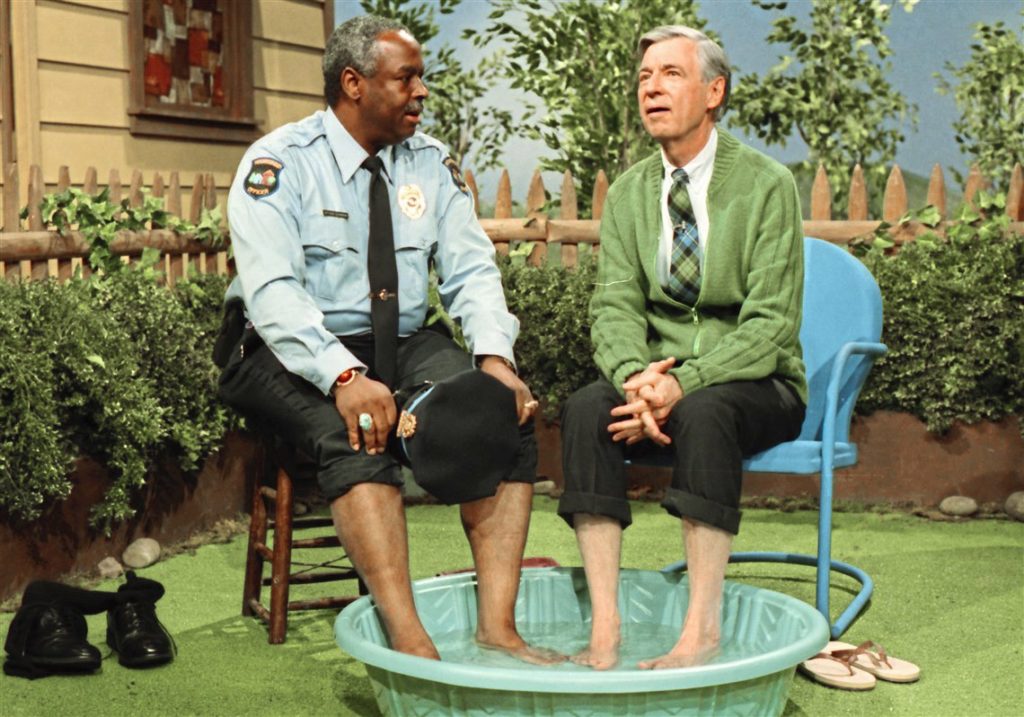


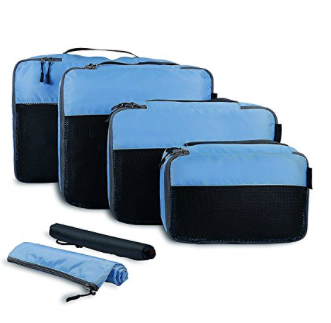
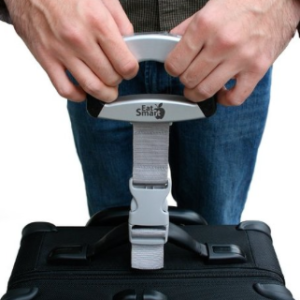
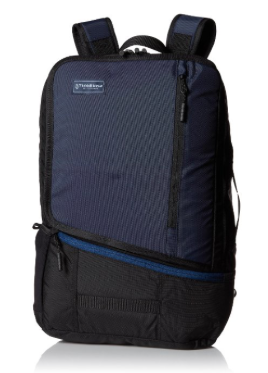
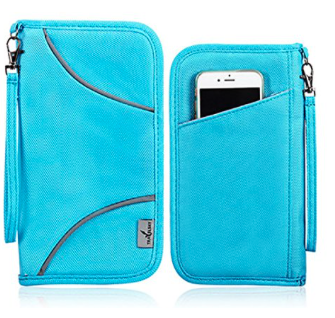
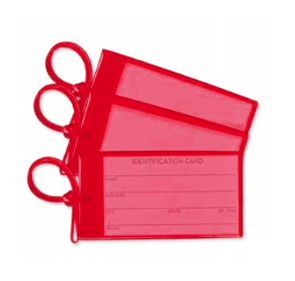
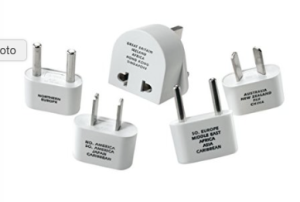
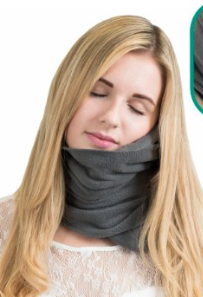
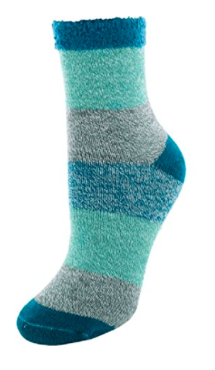 Nothing is better in a stocking than more stockings. And, these
Nothing is better in a stocking than more stockings. And, these
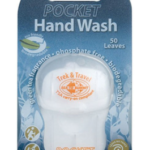
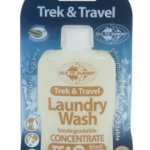
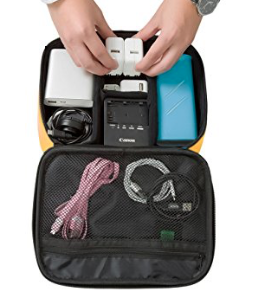
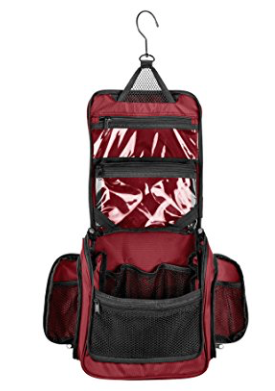
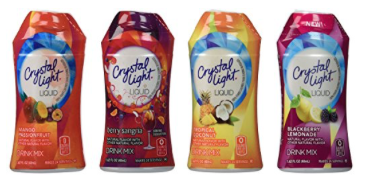
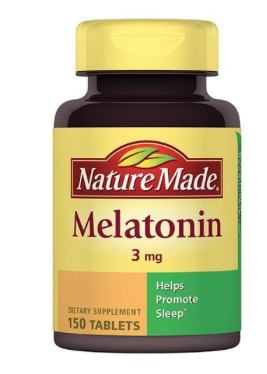
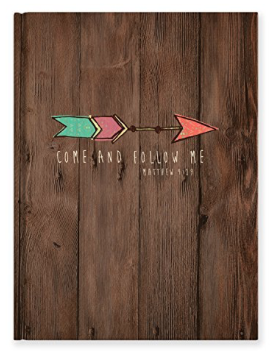
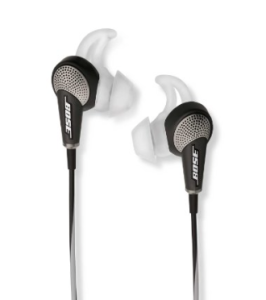 Okay, so these are super expensive. we know. And, likely nobody’s buying these
Okay, so these are super expensive. we know. And, likely nobody’s buying these 